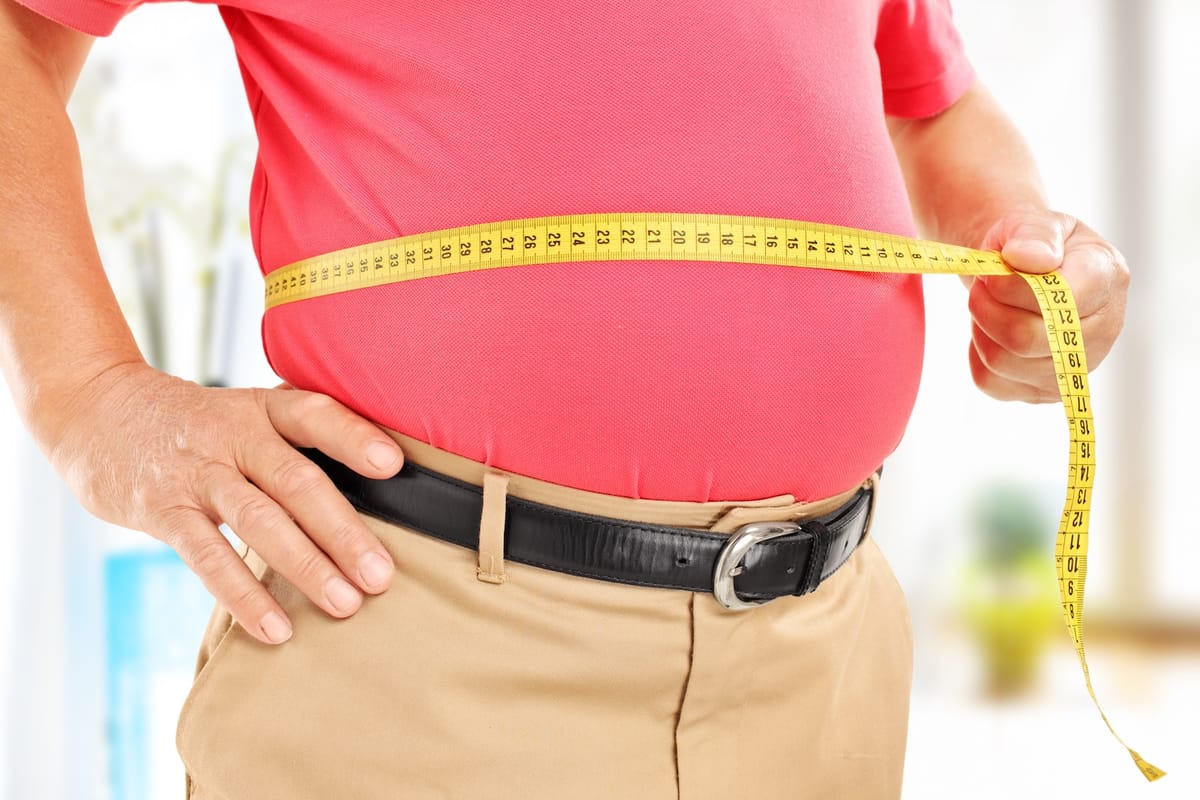

How Your Body Converts Blood Sugar to Fat
When you consume sugary foods or carbohydrates, your body undergoes a complex process to manage the excess glucose. Here’s a high-level overview of how this process works. Glucose, a simple sugar, is an essential source of energy for your body's cells. However, when you consume more glucose than your body immediately needs, it must find ways to store this excess energy.
The process begins with the digestion of carbohydrates, which breaks them down into glucose. This glucose then enters the bloodstream, where it is regulated by insulin, a hormone produced by the pancreas. Insulin helps glucose enter cells for energy use. If your immediate energy needs are met and there is still excess glucose in the bloodstream, the body takes steps to manage this surplus.
Initially, the liver and muscles store excess glucose as glycogen—a complex carbohydrate that can be quickly converted back into glucose when energy demands increase. However, if the glycogen storage capacity is exceeded, the body resorts to another method to handle the excess glucose.
Glucose Uptake and Energy Needs
When you eat carbohydrates, your digestive system breaks them down into glucose, which is then absorbed into the bloodstream. Insulin plays a crucial role in this process by facilitating the entry of glucose into cells. If your cells have met their immediate energy needs, the excess glucose remains in the bloodstream.
Glycogen Storage
The liver and muscles are the primary sites for glycogen storage. Glycogen is a form of stored glucose that can be rapidly converted back into glucose when the body needs it. However, the capacity for glycogen storage is limited. Once these stores are full, the body must find another way to manage the excess glucose.
Lipogenesis: The Conversion of Glucose to Fat
If the glycogen storage capacity is exceeded, the liver converts excess glucose into fatty acids through a process called lipogenesis. This process involves several enzymatic steps that ultimately result in the production of fatty acids. These fatty acids are then packaged into triglycerides, which are released into the bloodstream.
Triglyceride Formation and Storage
The triglycerides released by the liver are taken up by fat cells (adipocytes) for storage. Once inside the fat cells, the triglycerides are stored as energy reserves until they are needed. This stored fat can be found under the skin (subcutaneous fat), around abdominal organs (visceral fat), or in other organs such as the liver.
The Role of Insulin and the Liver
Insulin and the liver are central to the process of converting glucose to fat. Insulin signals the liver to convert excess glucose into fatty acids. A specific gene, BAF60c, has been identified as playing a critical role in this conversion process. When insulin binds to a receptor on the cell surface, it sends a signal to modify BAF60c, which then enters the nucleus and activates genes involved in the conversion of carbohydrates to fat.
Frequently Asked Questions
What is lipogenesis?
Lipogenesis is the process by which the body converts excess glucose into fatty acids and then into fat for storage.
Where does the conversion of glucose to fat occur?
The conversion of glucose to fat primarily occurs in the liver.
What role does insulin play in this process?
Insulin helps regulate blood sugar levels by allowing glucose to enter cells and signals the liver to convert excess glucose into fatty acids.
What happens to the stored fat?
The stored fat is held in fat cells until it is needed for energy. It can be found under the skin, around abdominal organs, or in other organs like the liver.
Can excessive sugar intake lead to health issues?
Yes, excessive sugar intake can lead to health issues such as fatty liver disease, type 2 diabetes, and other metabolic disorders.
In Summary
The conversion of blood sugar to fat is a complex metabolic process involving glucose uptake, glycogen storage, and lipogenesis. The liver and insulin play critical roles in managing excess glucose by converting it into fatty acids and storing it as triglycerides in fat cells. Understanding this process can help you make informed choices about your diet and lifestyle to maintain good health.
Dues are $12 per year. Member benefits:
✅ Ad-Free Website Viewing
✅ Advocacy for Republican Seniors
✅ 120+ Senior Discounts
✅ Member Only Newsletters